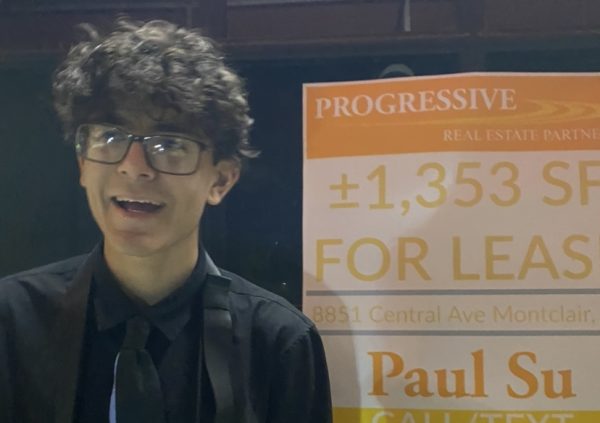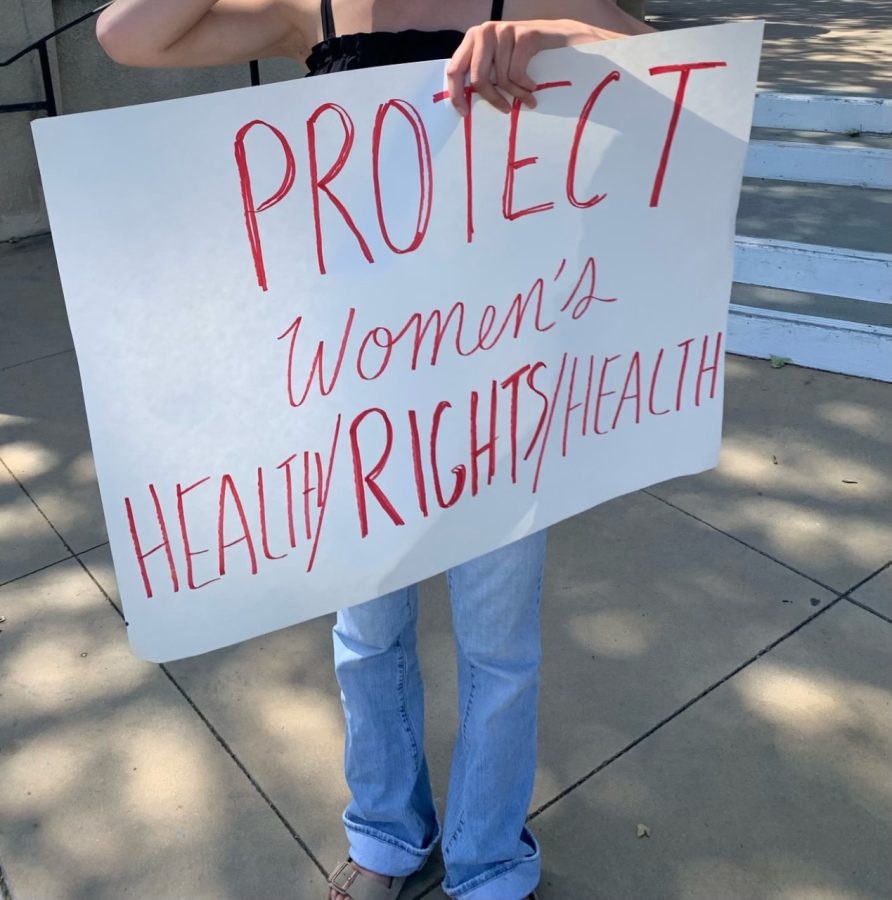Overturning Roe v Wade: a supreme ruling that just won’t work
Disclaimer: this article was written before the recently leaked SCOTUS draft on Roe v. Wade, but the Wolfpacket believes the facts and opinions in this article still hold true.
For the past 100 years, abortions have been a hot topic in the Supreme Court, Congress, and presidential debates. Roe v. Wade, the landmark Supreme Court case ruling that declared abortion as a constitutional right, increased the intense division between the pro-choice (in favor of choosing to have abortions) and pro-life (against abortions) factions. While many agree in Democratic states, like California, that abortion is a right, legislation is being passed in countless states that express the opposite view.
Controversy has surrounded Oklahoma, the newest state to implement the full abortion ban, along with other states such as Texas, Arizona, and Kentucky. While these bans go completely against the 7-2 Roe v. Wade ruling in favor of choice, no action is being taken against the new legislation because of the Republican governed states. However, the problem is that even abortion bans fail to clearly align with what the pro-life movement preaches. This is why abortion bans fail.
The problem that many forget is that making something illegal does not mean people will stop doing it. This is a recurring problem for those states where abortion is banned; many are undergoing illegal and unsafe abortions. One of the biggest arguments for abortion bans is that they are essential to protect the life of the mother and the child. Unfortunately, abortion bans only increase the number of deaths, making the foundation for the argument completely void. Illegal abortions account for 13 percent of all maternal deaths. Regardless of this being common knowledge, abortion bans (such as the one in 2021 where Mississippi ruled for a partial abortion ban after 20 weeks) break past rulings and the slogan for saving all lives.
“My grandmother decided to have an abortion, which was illegal at the time. The doctor told her it would be fine and that she would be safe,” Carli Pierson, pro choice activist said. “That decision would take her life and would tragically mark the life of my grandmother.”
These outcries are going unheard, changing the argument from saving life to promoting a fundamental religious view that is causing harm to tens of thousands of Americans. These bans not only cause deaths due to inexperienced and ill-prepared abortions, but they create a more discriminatory system, disproportionately affecting lower and middle classes in America.
Another problem with abortion bans is that they only work on a global or nationwide scale. If one needed an abortion in a pro-life state, all they need to do is travel to a state where abortion is legal. This makes it harder for minorities and low-income people to get abortions due to the high cost of illegal abortions and travel. This traps low-income people in poverty because when one is financially not ready for a child, the child can cause huge financial stress.
Most Americans agree with pro-choice. Polls show that 69% of Americans believe abortion should be legal in all or most cases, and only 30% say it should never be legal. That number goes even higher every year, with younger voters increasingly taking a pro-choice perspective. There are thousands of other reasons that pro-life activists state to uphold their cause, ranging from the unproven and unscientific, to the straight-up false. But the evidence shows that banning abortions in the U.S. is neither an effective strategy, nor is it popular. Perhaps the GOP should take note of these findings to better support their claims.
Recently, a 98 page draft of a Supreme Court opinion has been leaked that would overturn the precedent of the Roe v. Wade case. In case readers are not quite familiar, Roe v. Wade was debated in 1970, where Jane Roe (a fictional name to protect the plaintiff) filed a lawsuit against Henry Wade, the district attorney of Dallas County, Texas (where she resided), challenging a Texas law that made abortions illegal except in the case of potential death. A key point of this lawsuit is that Roe alleged the state laws were unconstitutionally vague and therefore did not protect her right to privacy. Now, in 2022, the Supreme Court has a chance of overturning this 1970 case after more severe and strict restrictions have been placed in states where there are conservative majorities in state governments. In the draft, the justice argues that the Constitution does not explicitly mention privacy at all. This incredulous opinion not only is outrageous, but completely asserts control over women’s bodies and affects women all around the world.
The huge partisan split between the pro-life vs. pro-choice does not even matter at its core, when actions by both sides result in the same impact — abortions. The questions that both sides need to be asking are what are other options besides bans. It seems like the United States in the past 100 years has gone full circle, from when the country was riddled with abortion bans in Republican and Democratic states to the Roe v. Wade ruling decreasing bans back to the current date. These questions could contain the future of abortion in America for centuries. While the United States inches closer to the 2022 mid-terms and candidates start arising for the 2024 elections, the U.S. should take a more helpful approach instead of facing policies on abortions. States are arising with more single parenting benefits then ever and giving more aid to those who truly need it that are struggling on the choice of abortion or financial stress. If the states want an alternative to abortions they must give the security and reasoning for another option.
Hello there! Our goal is to provide relavent, engaging journalism for readers of all ages. Your donation will support the student journalists of the Wolfpacket at Claremont High School, and will allow us to purchase equipment, print our monthly issues, and enter in journalism competitions. We appreciate your consideration!

Carson Hunter Paul-Lopez-Kunkel. Despite his strikingly unique name, he’s a person who embraces a carefree and down-to-earth demeanor and for most,...










